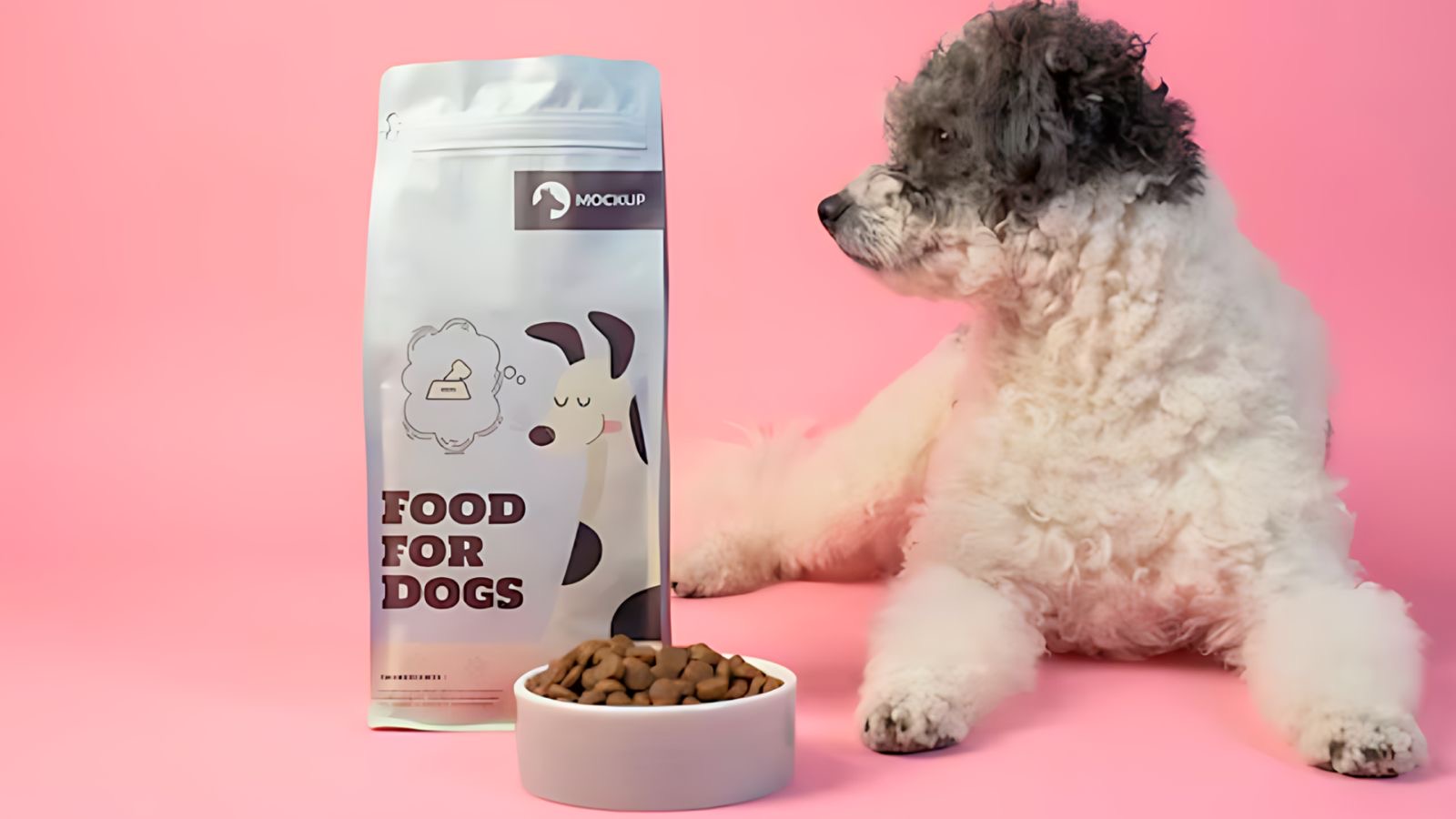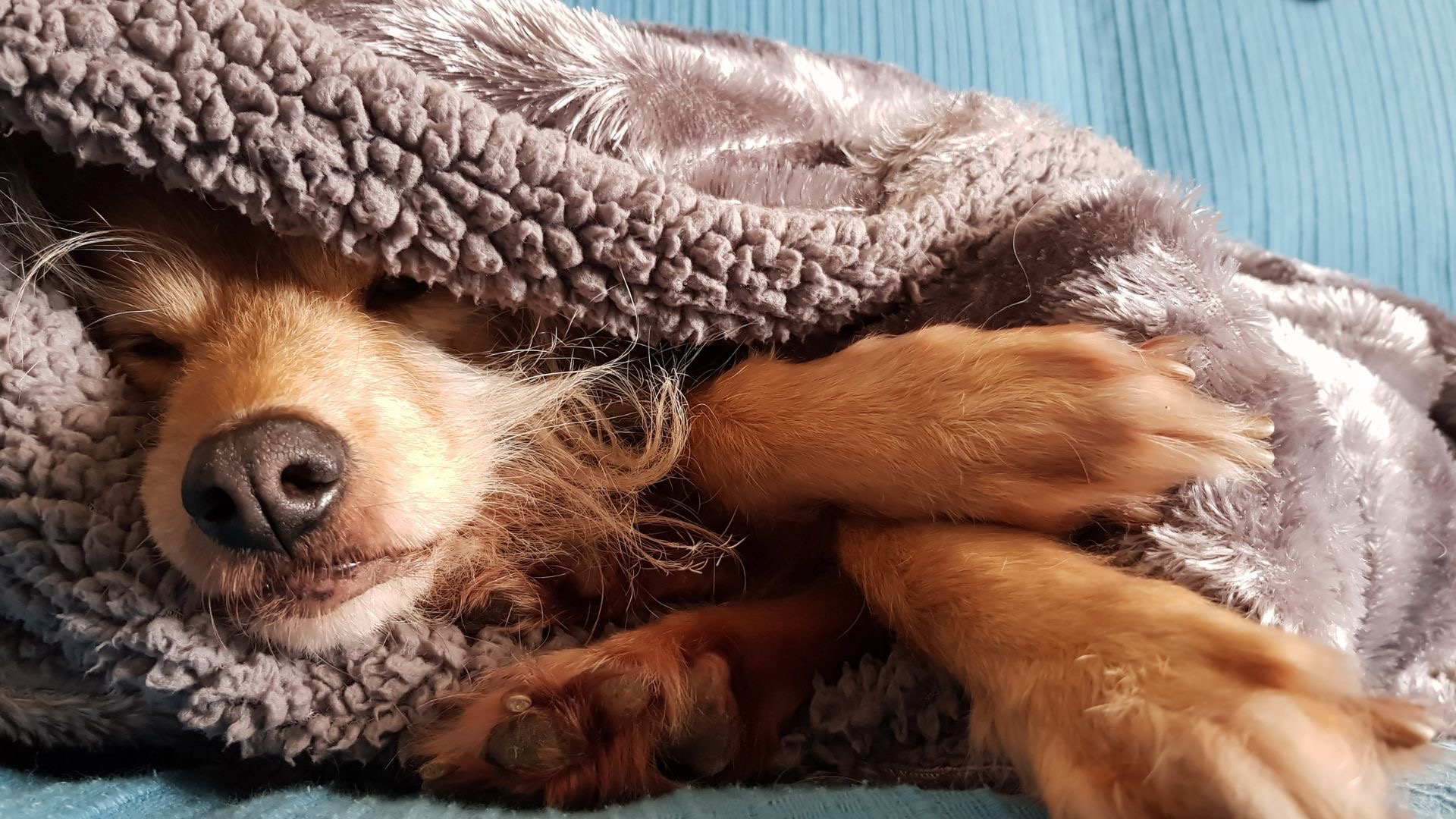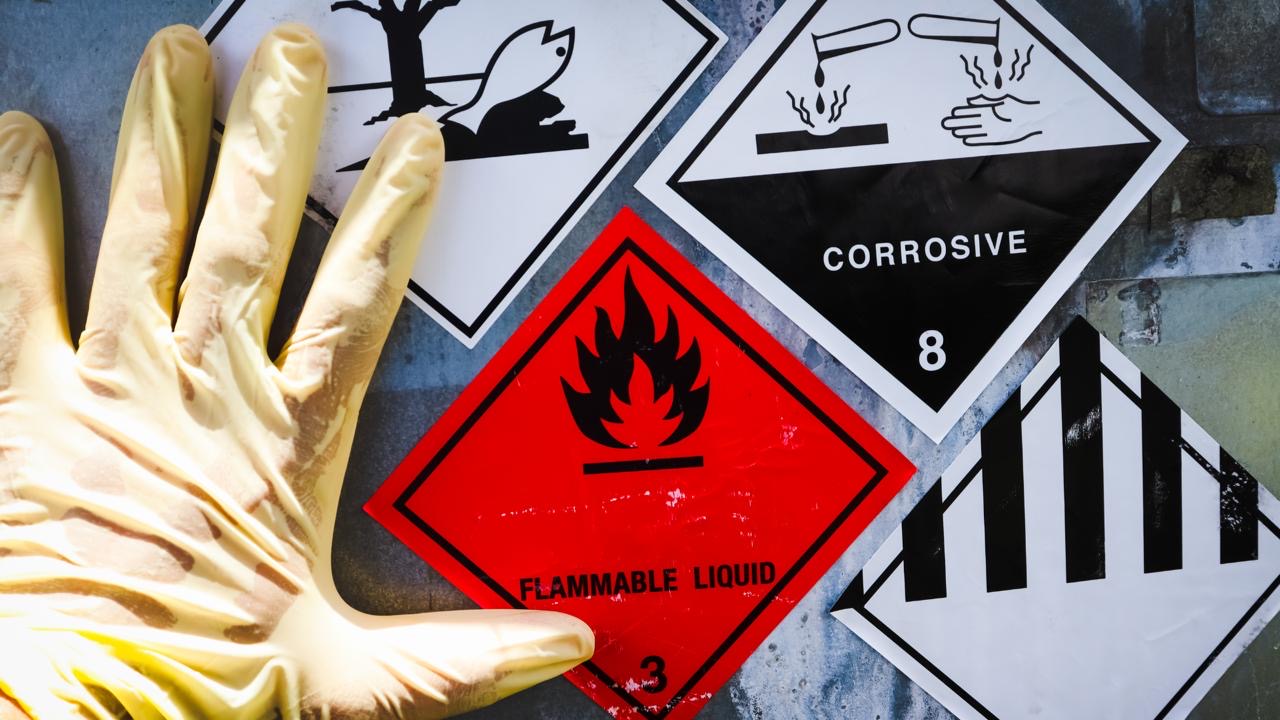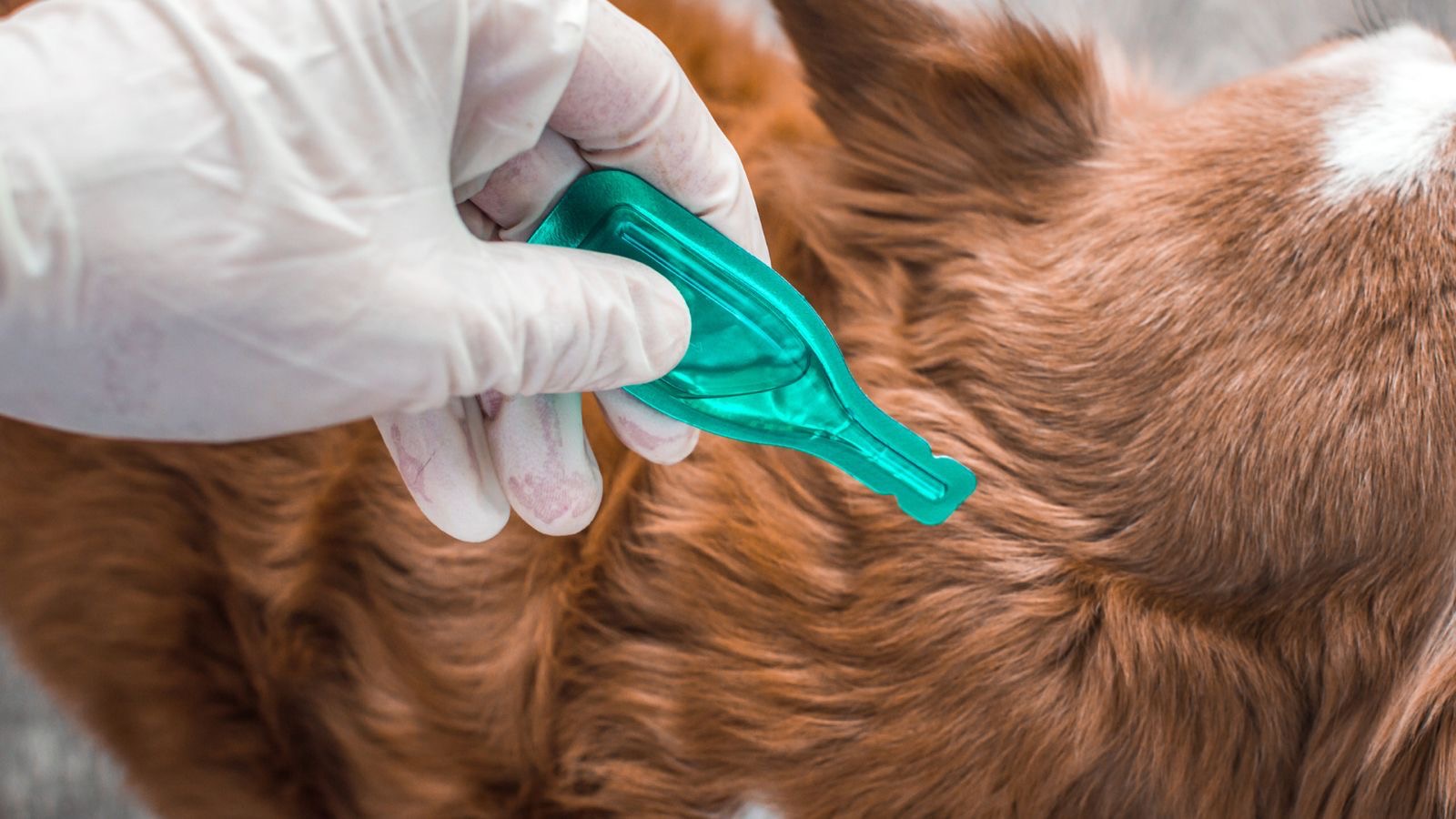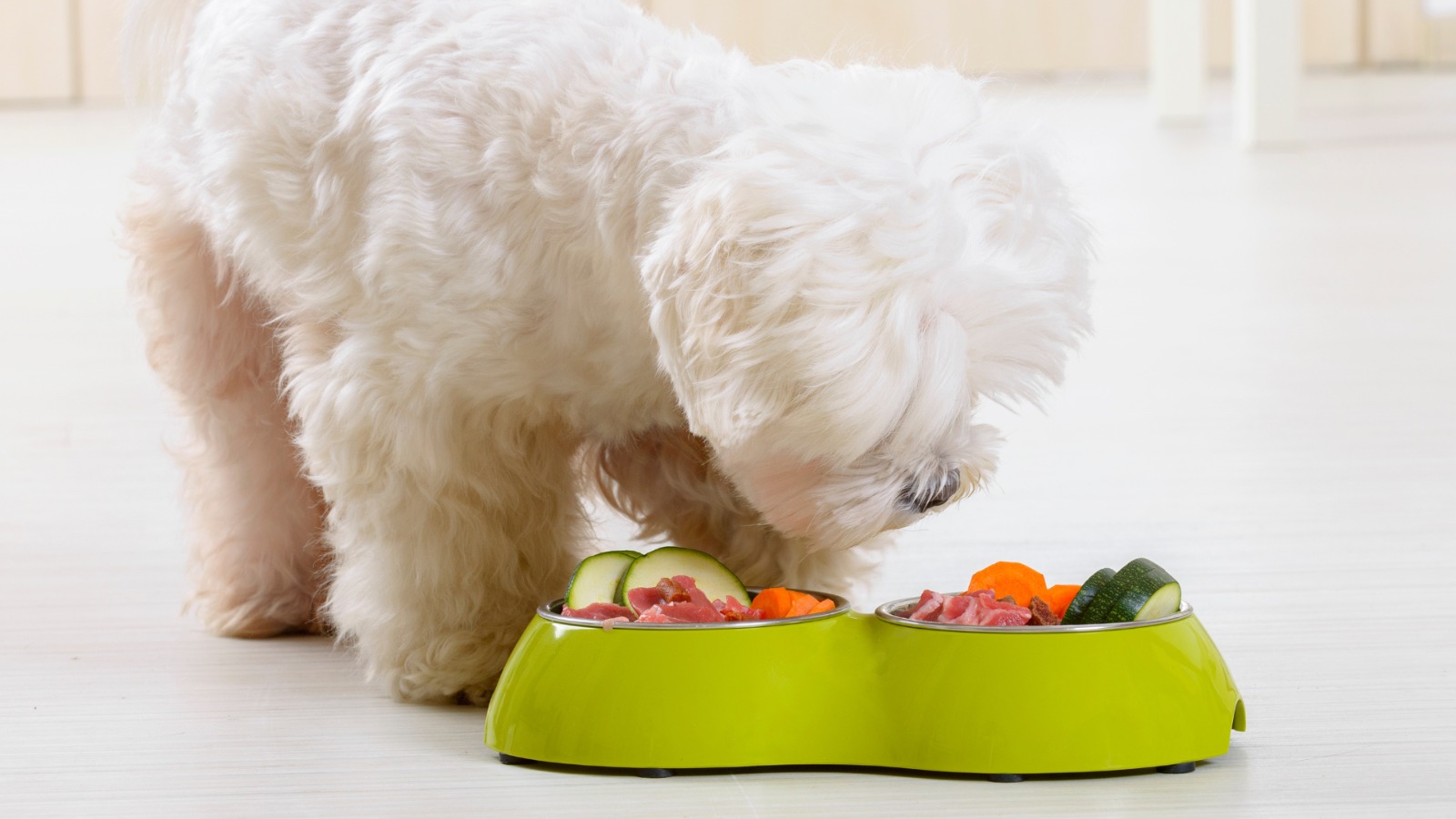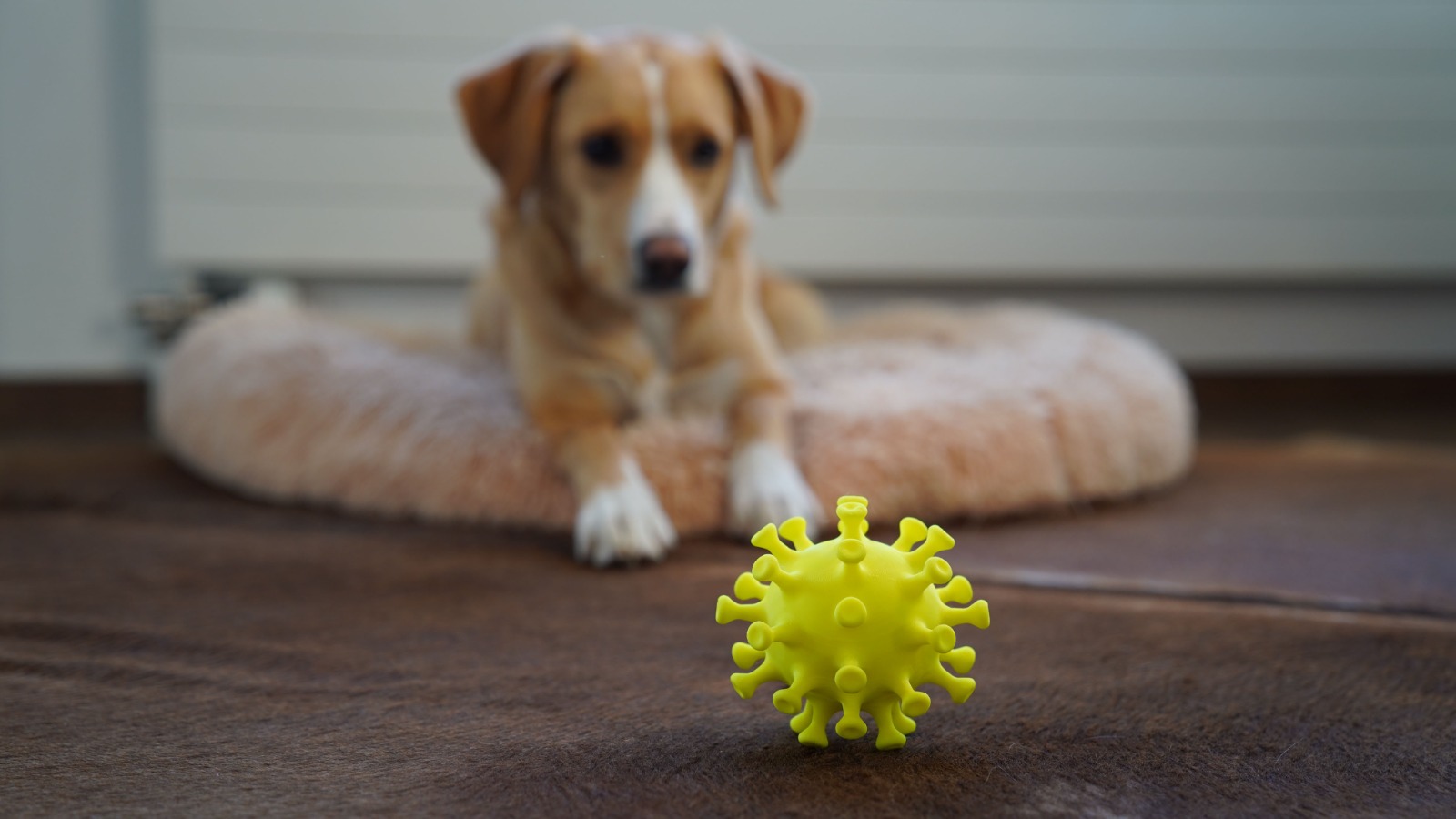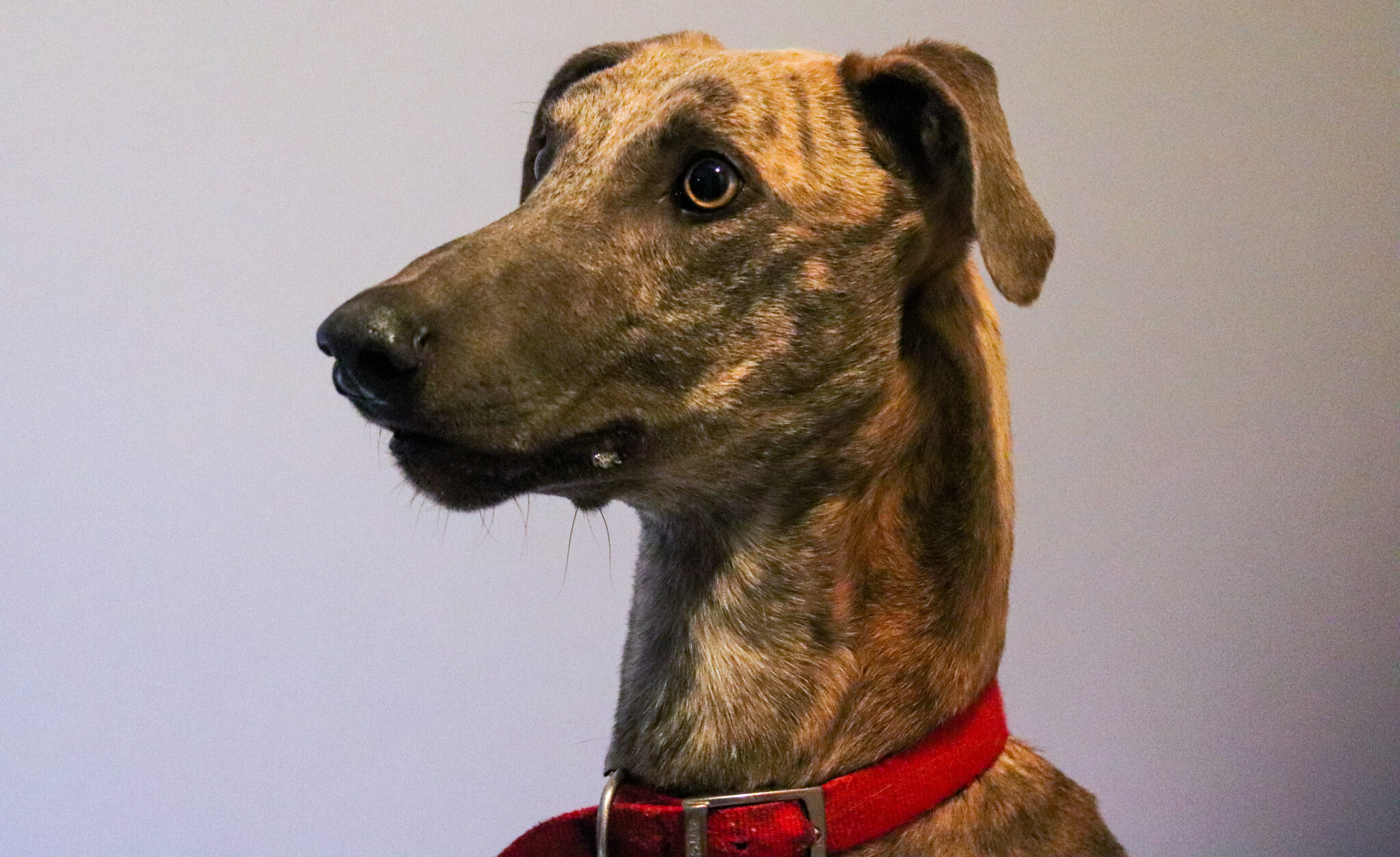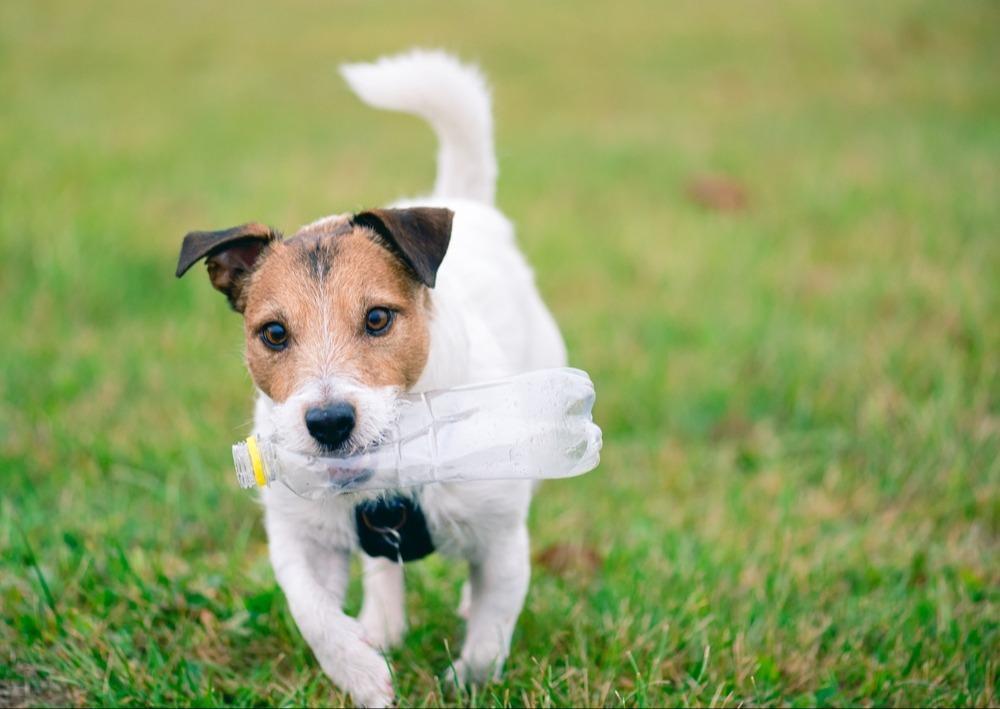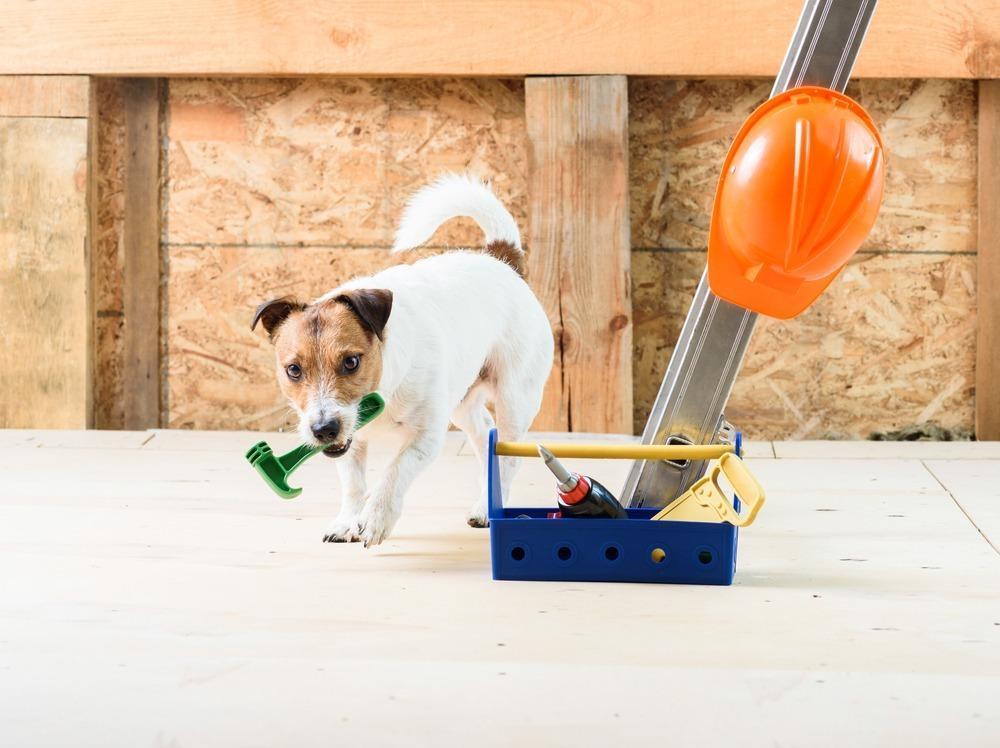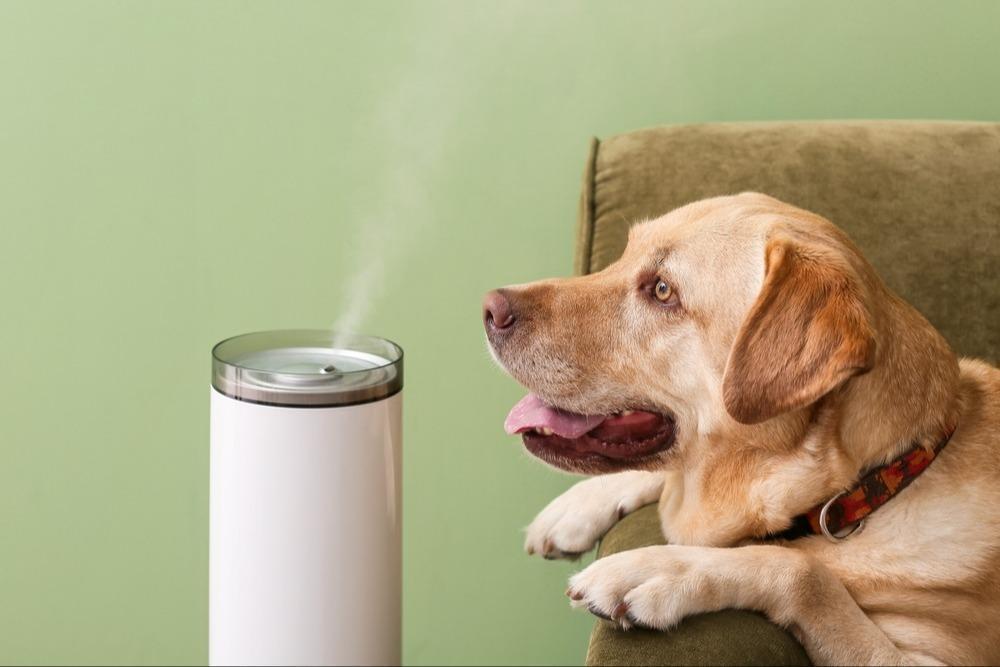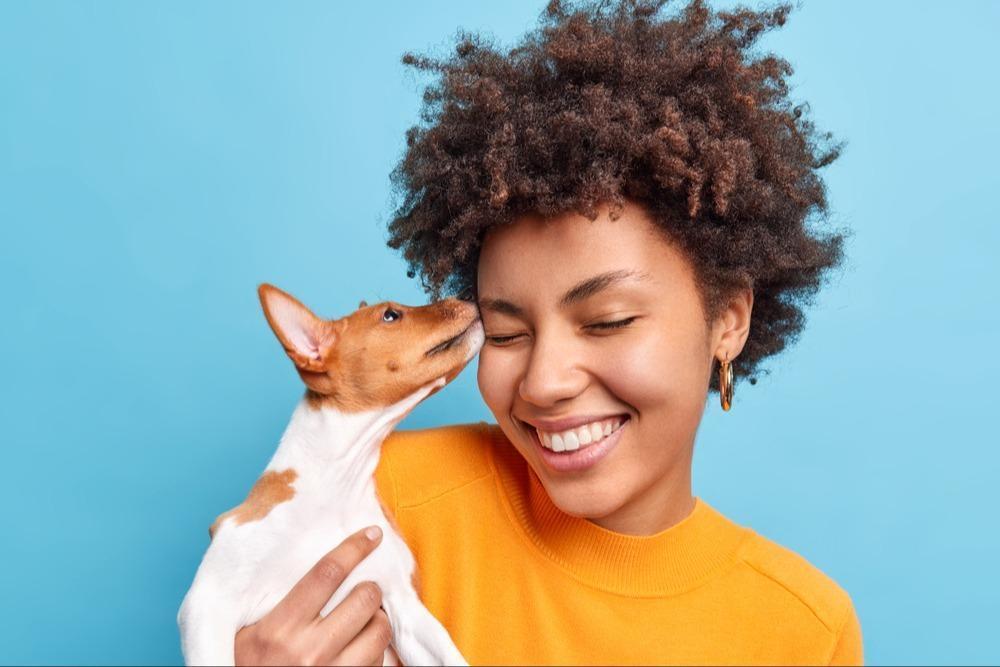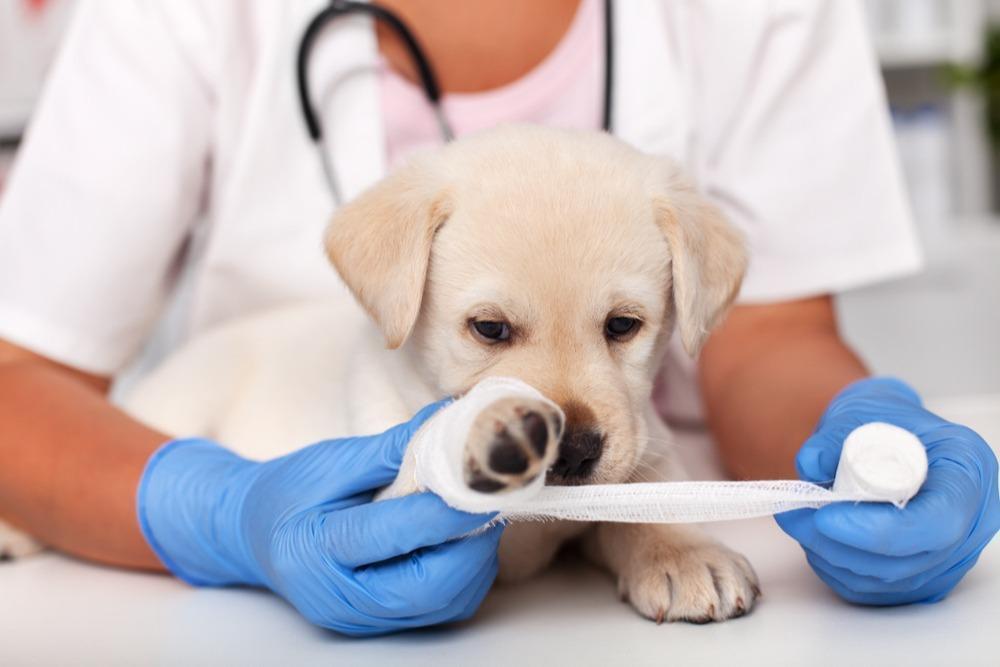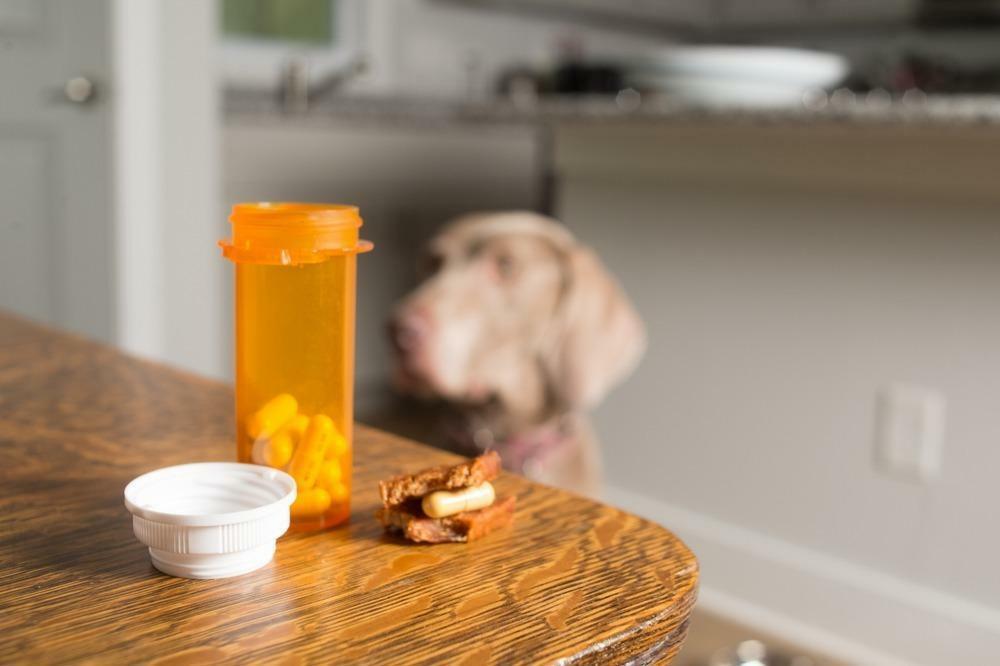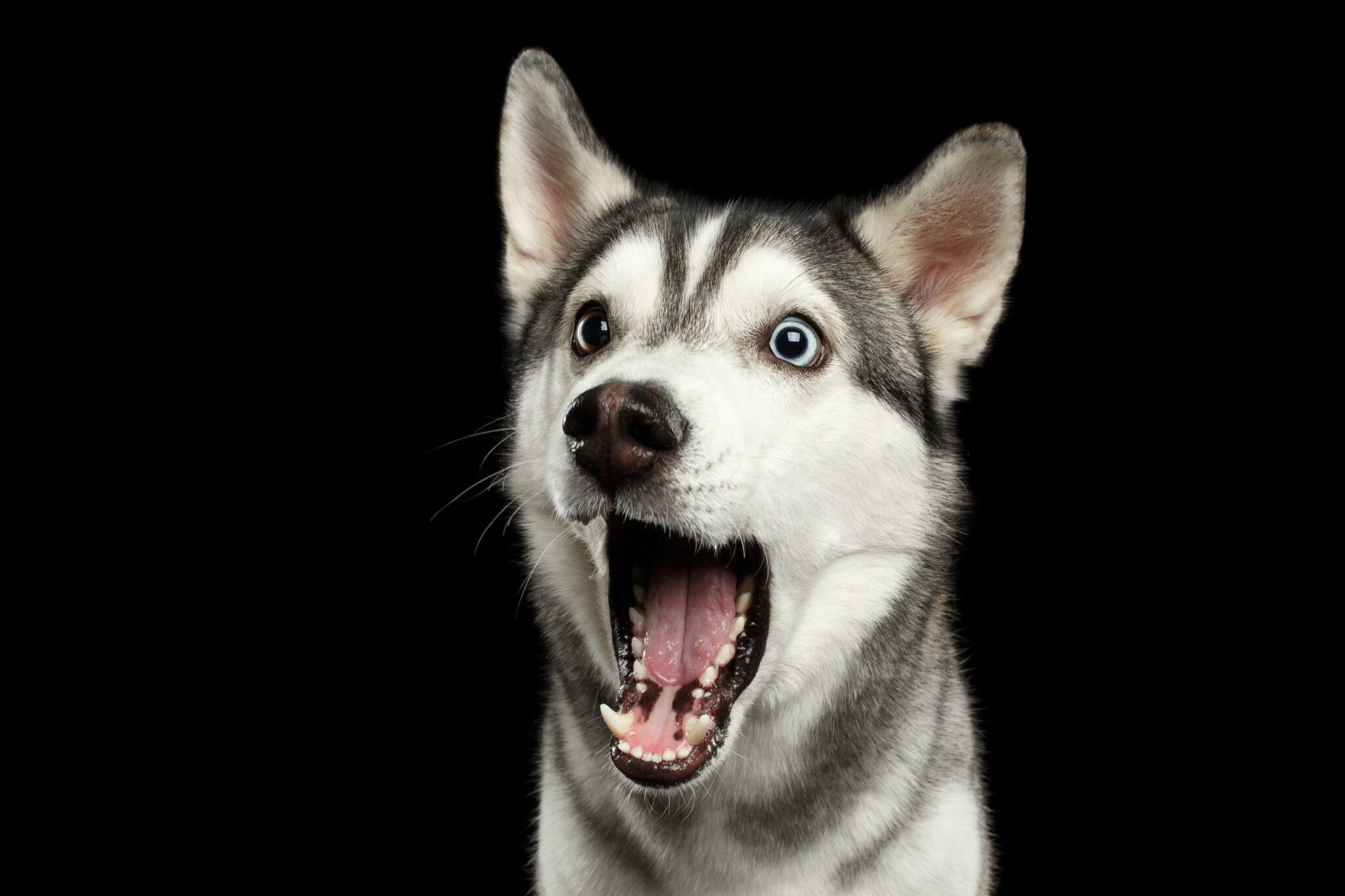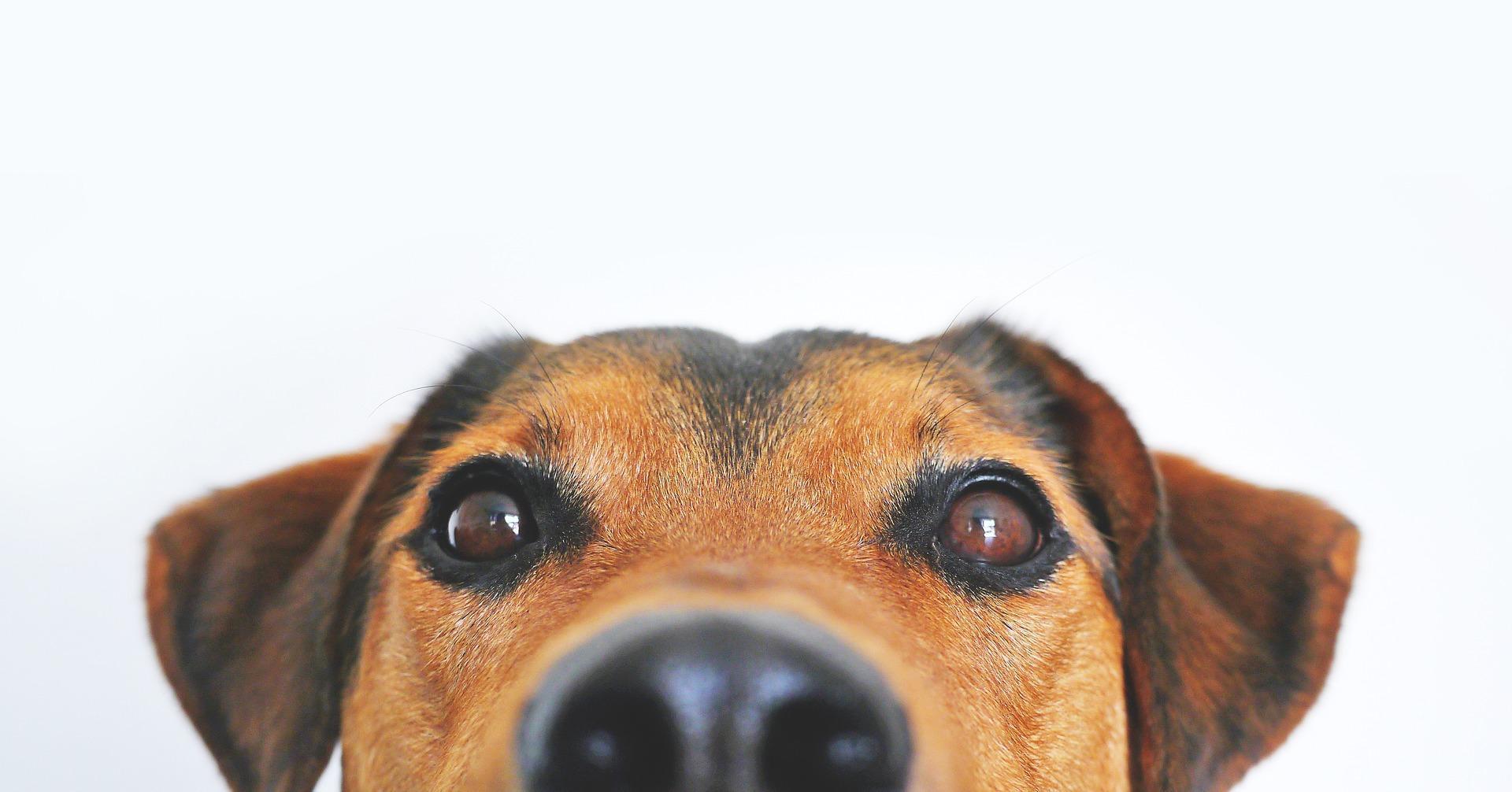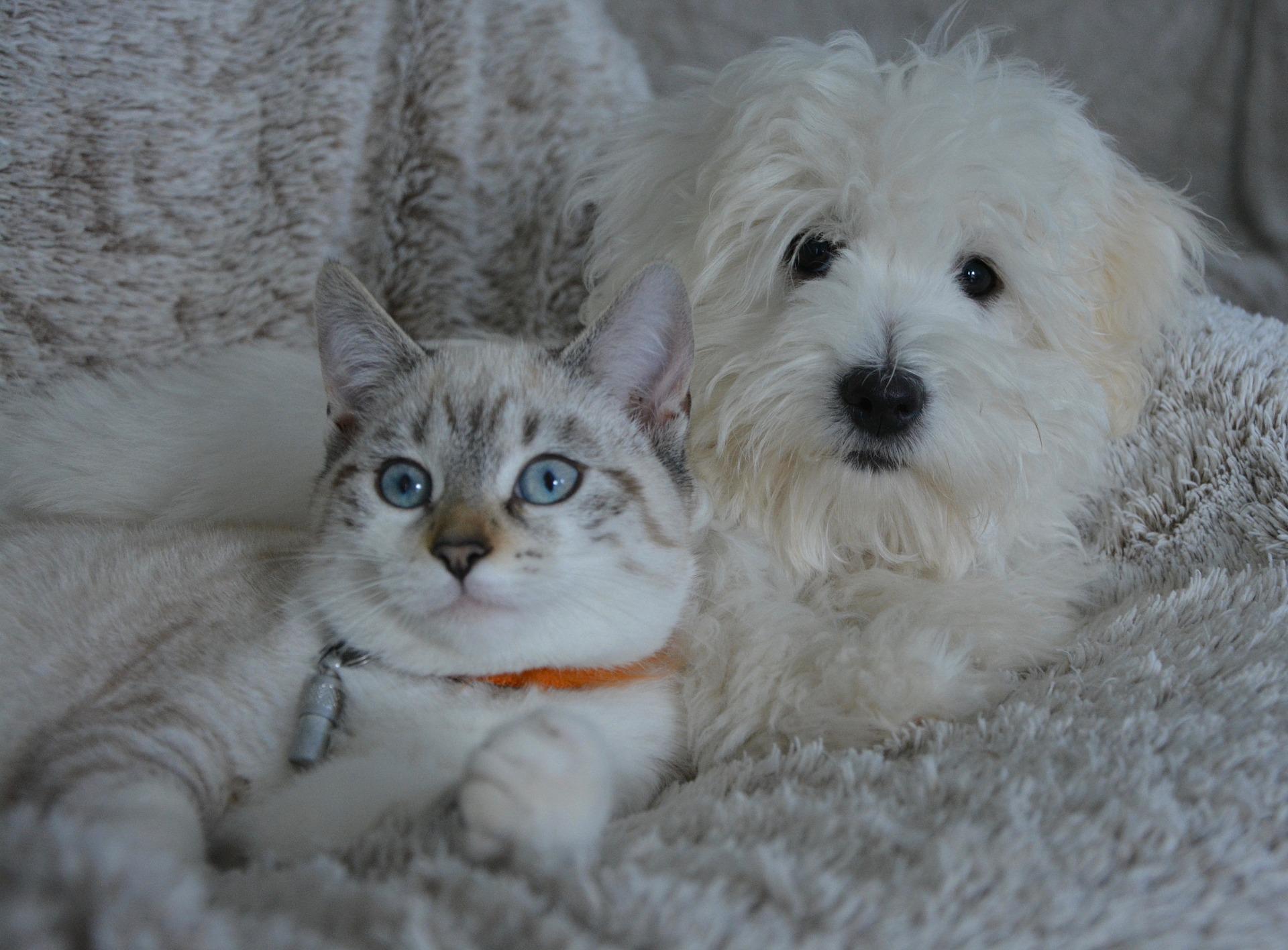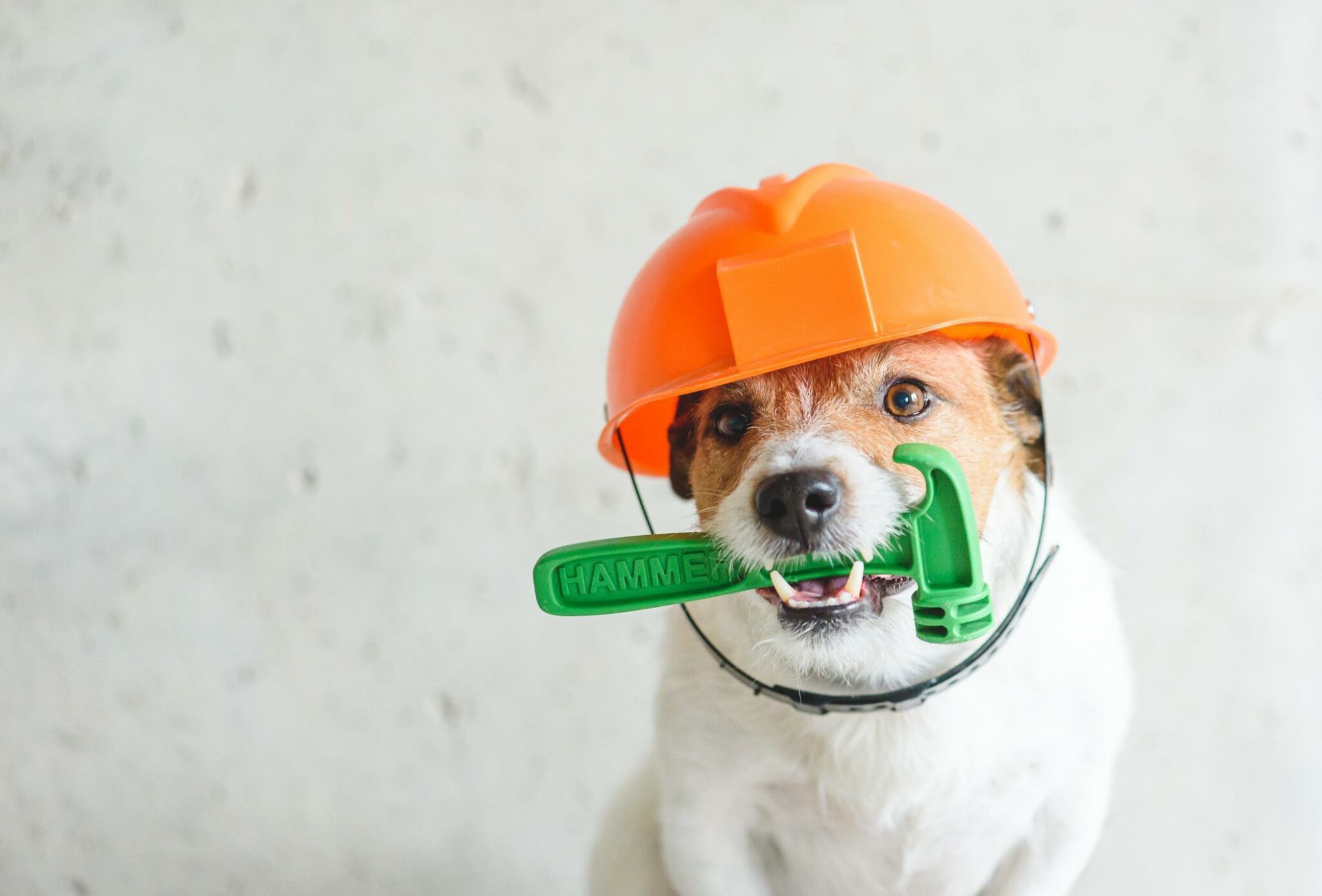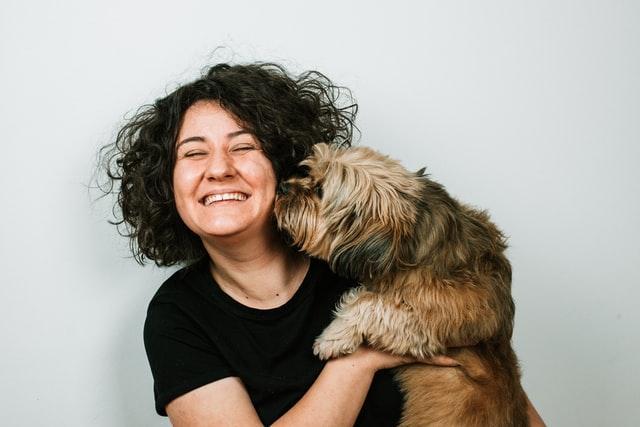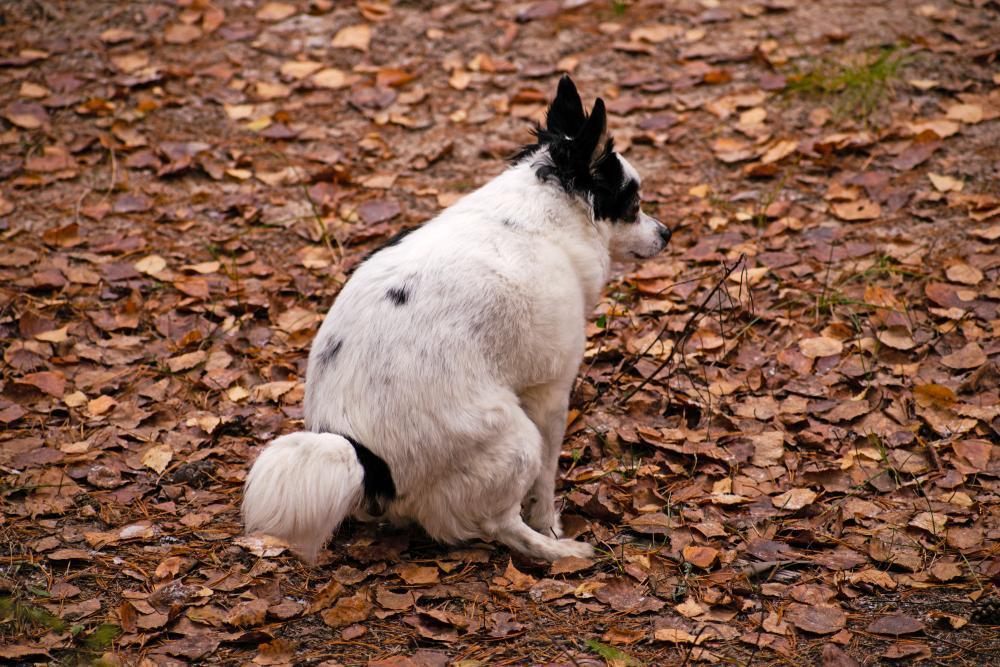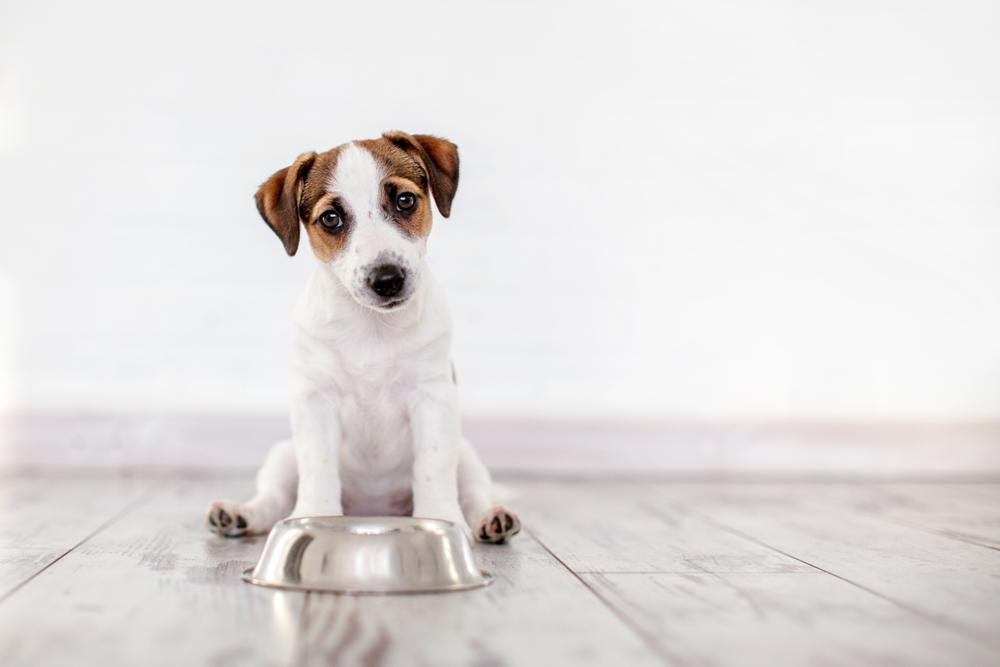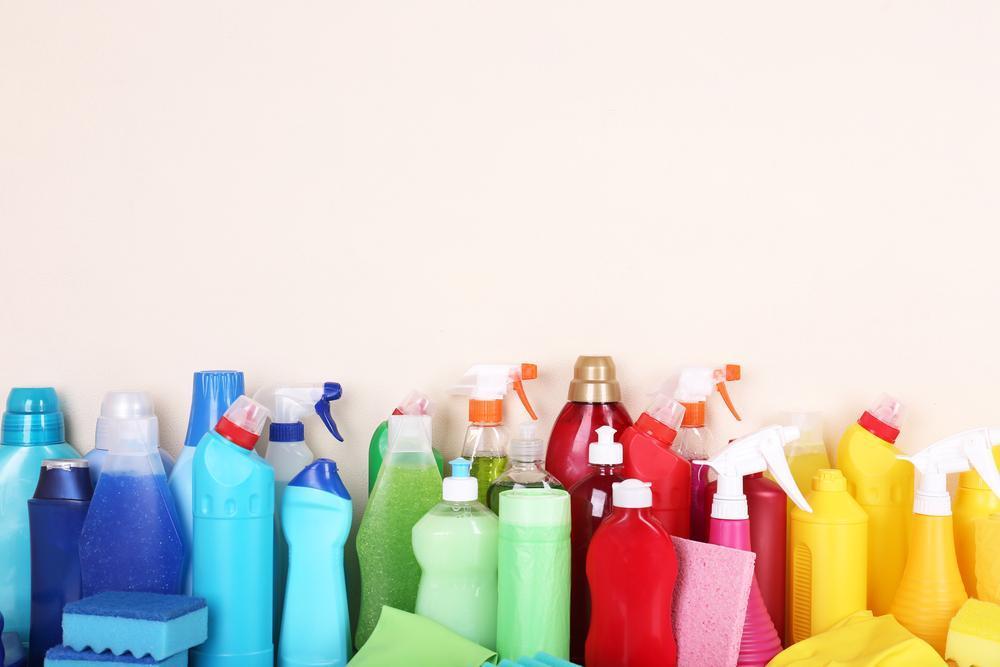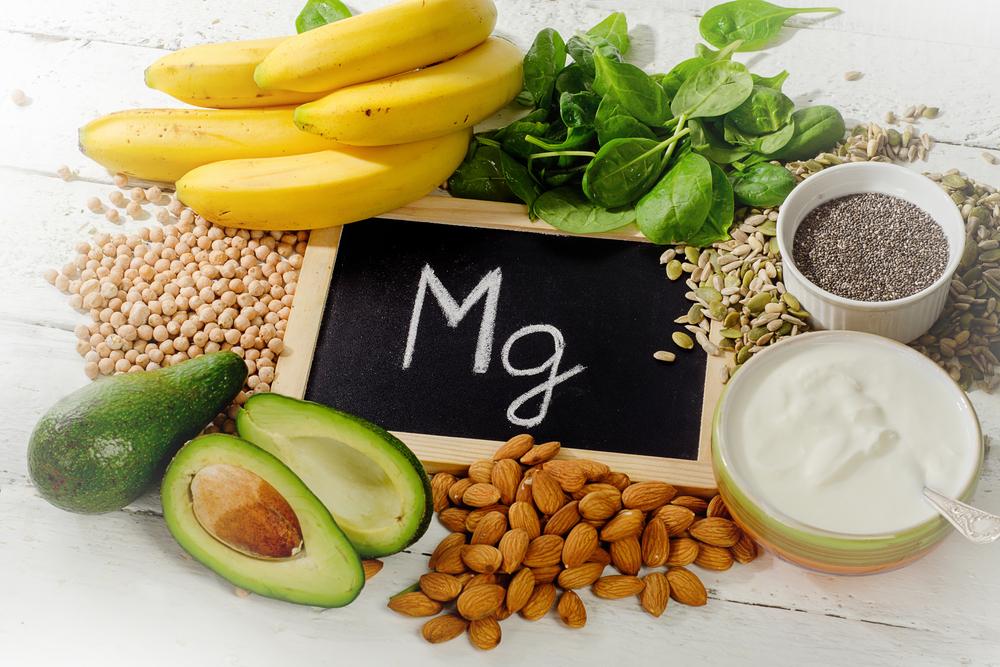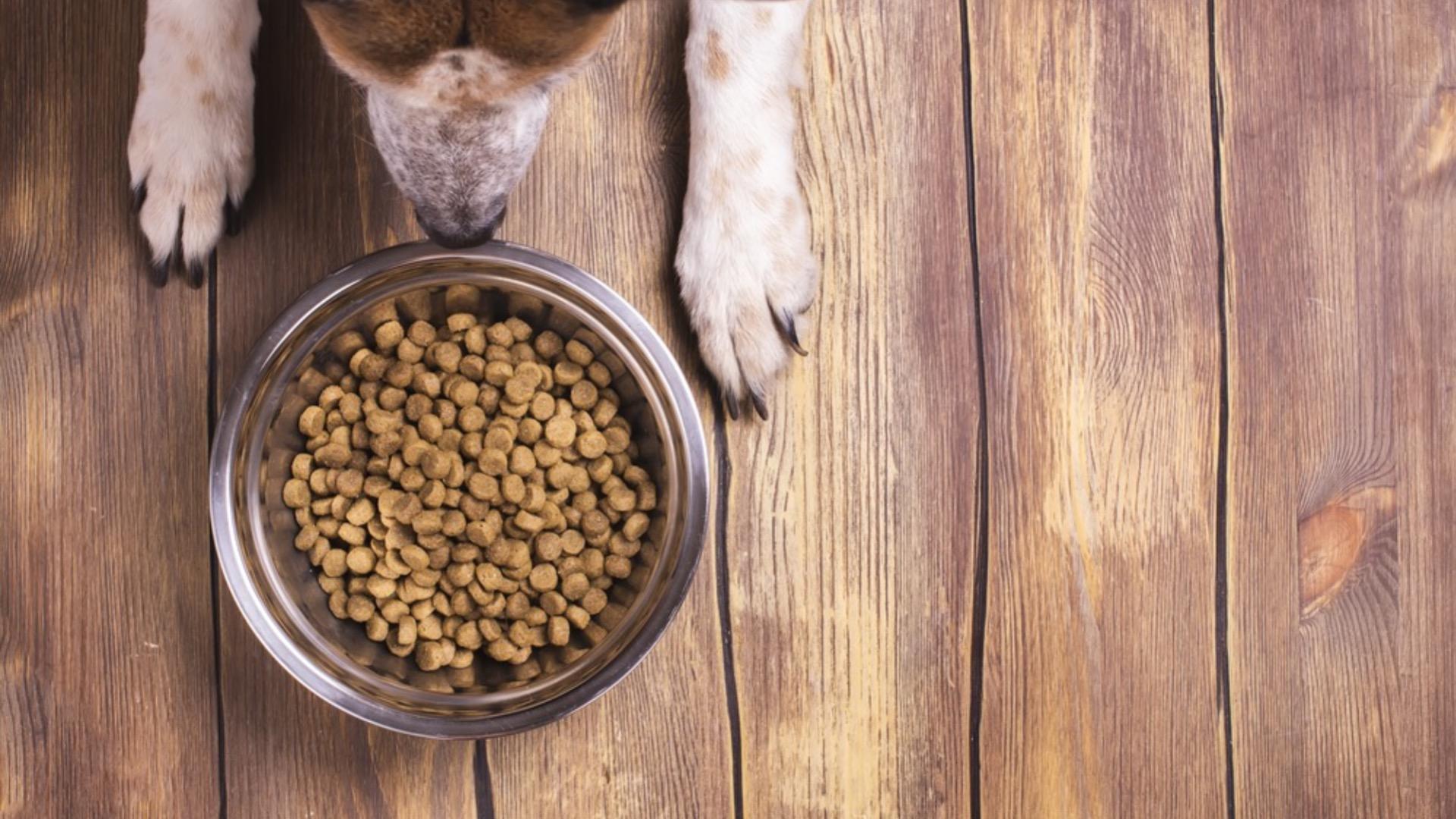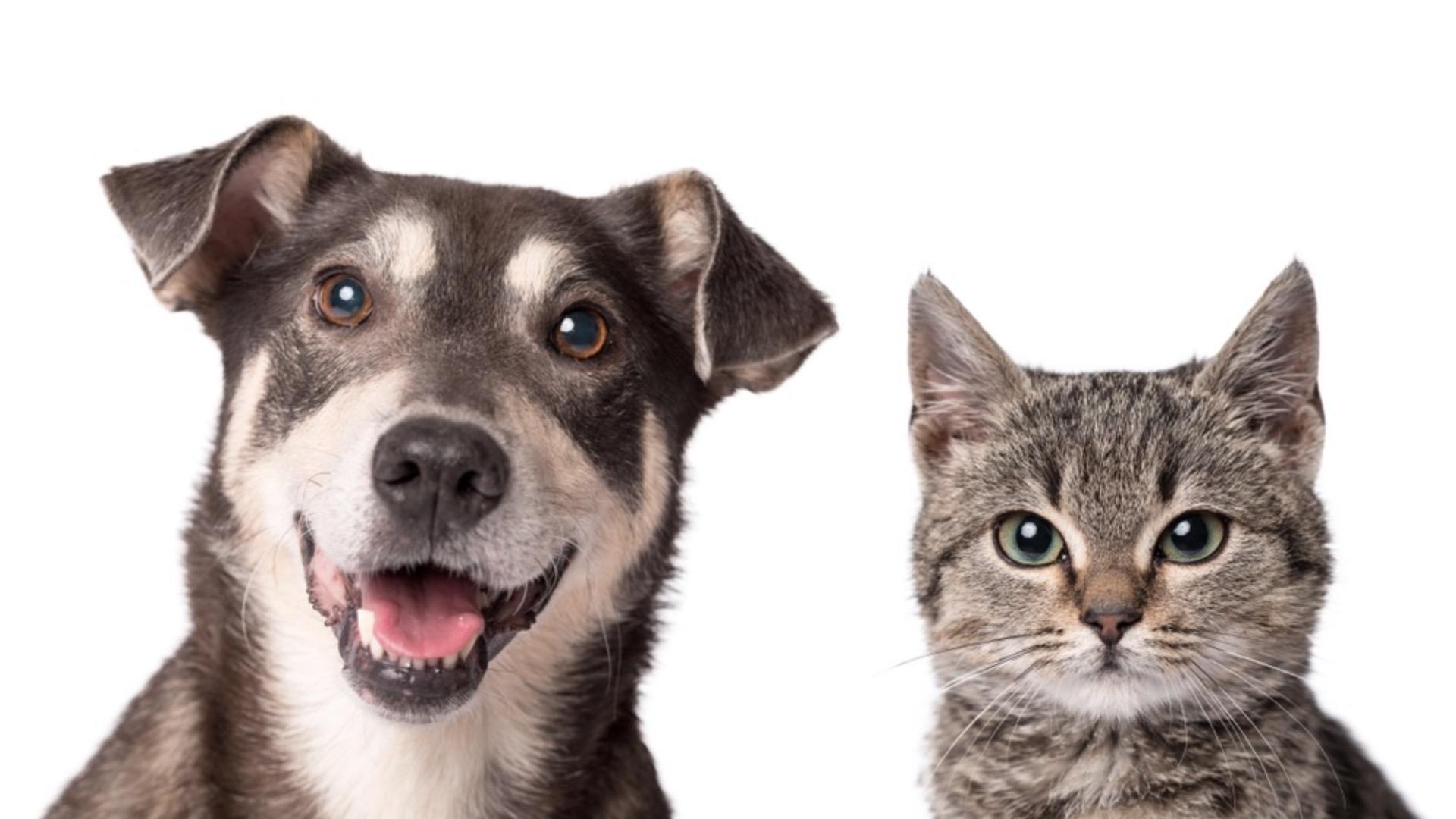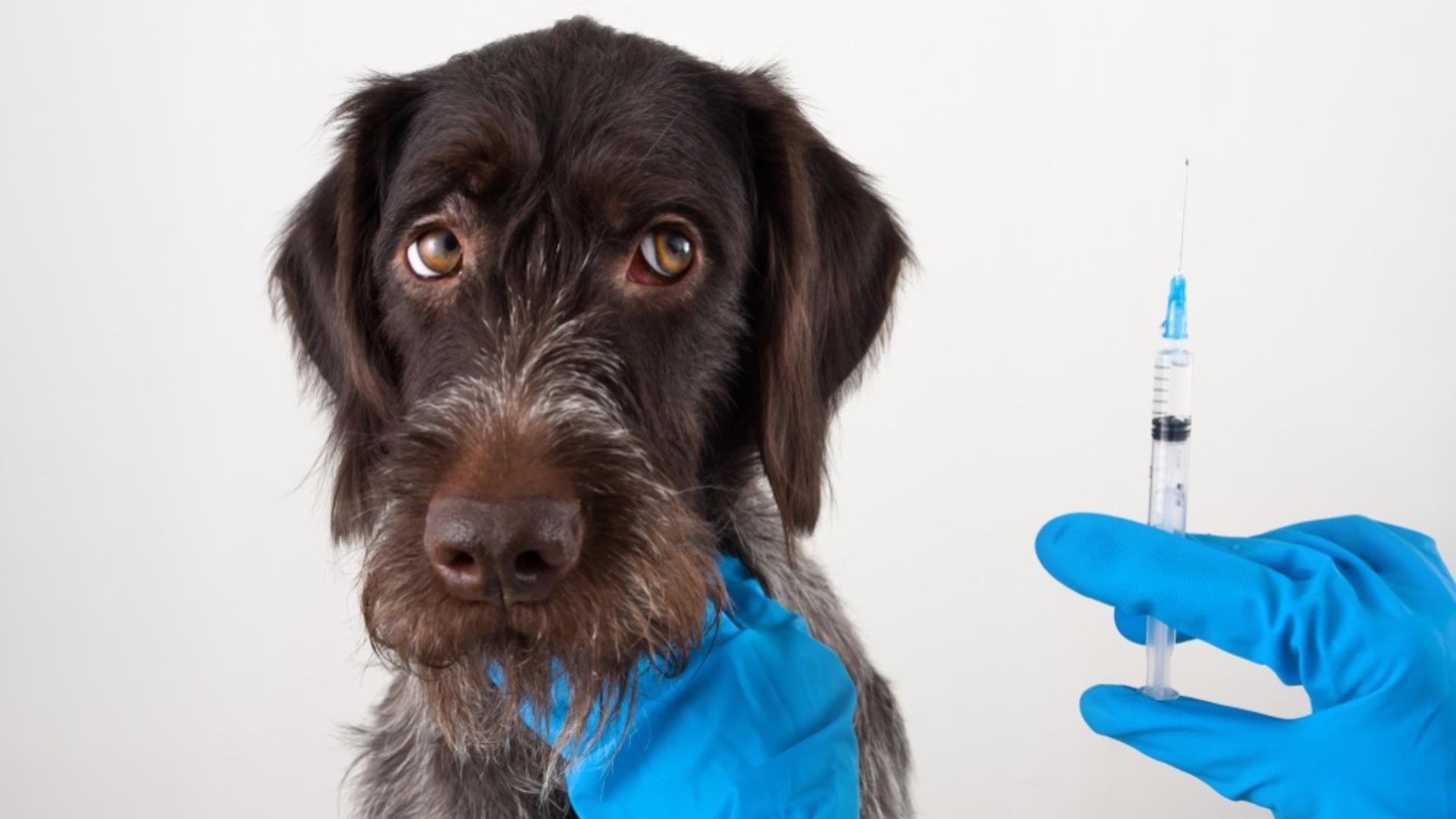At My Pet Nutritionist, we help a lot of worried pets owners who’s feline and canine companions have a condition called Pica. Pica can be indirectly life threatening, so we are here to raise awareness of what it is, why it happens, and how we can reduce risk in your pets!
What is Pica, and What Causes It?
Pica is a compulsive behavioural condition, whereby the pet craves inedible objects. Being a compulsive behavioural disorder, Pica can be very tricky to combat, and requires the help of one, or many professionals, from force free behaviourists to pet nutritionists like us. Underlying illnesses can very much trigger pica in pets, and this is the side we can help you with most.
Some of the items commonly ingested by pets with Pica include stones/rocks, dirt, garbage, paper, socks, other fabric items, even walls and plasterboard, or licking paintwork. Faeces is another, which we delve a little deeper into next!
As the items often consumed by pets with Pica are often not digestible, they can cause a host of symptoms relating to gut damage, gastric ulceration, internal blockages, and other internal health worries. Symptoms of a secondary health problem include:
- Vomiting
- Constipation
- Diarrhoea
- Fishy or metallic breath
- Excessive drinking
- Excessive drooling
- Lip licking
- ‘Downward dog’ position, denoting gastrointestinal pain
- Burping
- Changes in behaviour (dogs will often seem ‘low’, cats will often hide)
- Lethargy
When it comes to underlying medical causes of Pica, there are quite a few conditions that can be associated, such as:
- Lack of nutritional balance leading to malnutrition (likely the most common cause)
- Kidney disease
- Immune Mediated Haemolytic Anaemia (IMHA)
- Parasitic burdens
- Inflammatory Bowed Disease (IBD) or Lymphatic Gastritis
- Iron Deficiency
- Over active thyroid (hyperthyroidism)
- Diabetes
- Leaky Gut/poor gut health
- Gastrointestinal tumours
Findings Here
Findings Here
Those on certain anti seizure medications such as phenobarbital, some pain medications, corticosteroid medications, and some anti-cancer treatments like chemotherapy may also experience Pica.
Findings Here
Findings Here
If we look at causes from a behavioural point of view, it can be particularly common in those with separation anxiety, those lacking mental or physical stimulation, and those lacking appropriate socialization leading to stress. These are all areas to be worked on with a qualified, force free behaviourist, for which specialists in both dogs and cats are available.
Coprophagia, A Type of Pica
Now, those who are serial faeces eaters, do still have Pica, but a specific type of Pica, known as Coprophagia. Coprophagy occurs more in females than it does in males, and more commonly in dogs than cats.
Coprophagy can be normal, specifically in the case of a mother dog with puppies. When nursing a litter of puppies, mother dogs are instinctively clean, and consume their puppy’s excrement for the first few weeks.
It is not normal for adult pets who are not nursing litters, to eat faecal matter – this is when coprophagy is not expected, and needs looking into.
Findings Here
A Side Note on Puppies
We feel it is important to mention puppies, specifically. While Pica is indeed, very dangerous in many cases, puppies do explore the world with their mouth! Puppies will often chew inedible items, and ingest parts of toys, socks, splinters of wood from items of furniture they’ve ‘kindly’ redesigned for you; this is quite normal in young and adolescent puppies, and may not follow through to adulthood where Pica becomes an obsessive problem, where underlying illness should be ruled out.
To give your puppy the best chance of not ingesting inedible artifacts, ensure plenty of rest is enforced, as well as plenty of mental stimulation. A strong ‘leave it’ command can be majorly beneficial too, and what a better time to instil this, than as a puppy?!
Diagnosis and Treatment
If you suspect your pet has Pica, it is important to seek veterinary guidance as your first point of call, as acting on the potential for underlying health conditions is important. Similarly, if your dog or cat is experiencing any of the aforementioned symptoms, veterinary help is likely required to reduce the risk of death due to internal blockage.
So how is it diagnosed by the vet? Your veterinarian will look at your pet’s medical history – if you have been able to keep a diary of food and behaviour alongside symptoms, this can really aid your vet! A physical examination may be performed, which will feel everything from your dog’s body condition to their lymph nodes. The dog’s mouth will be checked to rule our dental issues, and their heart and lungs will be listened to via stethoscope.
Full panel blood tests, and urinalyses may be carried out too, for a more internal approach to diagnostics of underlying health conditions. If the vet feels a blockage is occurring in your pet, they may perform an ultrasound or x-ray, followed by potential surgery for treatment of this issue.
Treatments wise, the suitable treatment for any diagnosed internal, underlying condition will be discussed and prescribed.
If your vet does not feel surgery or pharmaceutical treatment will be beneficial to your pet, they will likely refer you to a veterinary behaviourist, or other force free behaviourist.
How Can We Reduce Risks?
In order to reduce the risk of harm from objects consumed by those suffering with Pica, there are a number of precautions we can look at taking – these stem from both a training perspective, and a diet perspective!
Training Aids
It may seem obvious, but it is incredibly important that we monitor our pets’ actions, especially if they are known to suffer with Pica. Teaching a solid ‘leave it’ command using positive reinforcement is essential. Discuss this with your trainer – it can be learnt at any age.
Muzzle training is important for all dogs! This is trickier for cats, but cat muzzles are available to buy. Muzzle training not only means your dog is comfortable in their muzzle, which acts as a barrier between their mouth and the inedible items they like to consume, but also means that in the event of a freak accident needing urgent veterinary care, your dog is not stressed by the muzzle, and the vet staff are safe from bites – even the kindest of dogs can bite or nip when in pain! Ask your trainer about muzzle training – and always ensure the muzzle you choose allows for your dog to fully open his or her mouth to enable them to pant.
Offering your dog or cat plenty of mental stimulation is essential. Getting their brains going with an interactive feeder puzzle, a multi-textured toy, or in the case of cats, giving them plenty of scratch posts, hides and levels inside the house, enables them to release oxytocin – the ‘happy hormone’ which reduces stress and anxiety. If you look at the history of your pet’s breed, you may be able to also tailor activities to benefit the breed profile – for example Bengal cats require a lot of mental stimulation, and cocker spaniels love to use their nose for sniffing.
Ensuring your individual pet’s physical stimulation needs are met is equally as important – discuss with your veterinarian what your pet’s physical needs are!
Dietary Aids
Moving onto the diet side of things! There are a few things we can do to help reduce the risk of Pica. As an unbalanced diet is often the cause of the onset of Pica in our pets, it is important to feed a suitable, species appropriate, balanced diet. Raw feeding is a great example of this – you can purchase a variety of balanced raw foods for both dogs and cats! Alternatively, feeding a gently cooked diet is a fantastic option – provided it is properly formulated, and balanced to FEDIAF guidelines.
Mineral deficiencies are particularly common in those suffering with Pica – zinc, magnesium, calcium are all commonly lacking in these individuals, so a balanced diet is incredibly important.
You can find all of our balanced healthy adult recipes for both cats and dogs on our
website here!
Poor gut health is also a massive contributor to Pica, especially in those who seek out soil/dirt – this could be a sign the pet is looking for probiotics, or minerals in the dirt. Working on gut health may be pivotal in reducing the risk of Pica in your pets! A mucilage herb such as Slippery Elm or Marshmallow Root, and a soil based probiotic may be a great combination for your pet – especially focusing on the probiotic side of things, if your pet is currently healthy.
Supporting the Body Naturally
There are some natural changes we can make to help our dogs and cats who have been diagnosed with Pica. Let’s take a look at these:
- Just like in the prevention of Pica, gut support is highly recommended in situations where the pet has been diagnosed with Pica. Not only does this help if the pet is actively searching for good bacteria from soil, but gut health is key to a healthy immune system as 70-80% of the immune system lays in the gut. Gut health is ever so important in those suffering with underlying conditions too! In these instances, our all-in-one product, containing a mix of three high quality mucilage herbs, and some great, clean strains of soil based probiotics, called Gut Guardian may be your dog’s best friend. This product is not available for our kitty companions, however, so the basic gut support protocol outlined in the ‘How Can We Reduce Risks?’ section above should be followed.
- A fresh food diet, if not already provided for your pet, should be offered; specifically a complete and balanced offering, such as those in our recipe shop on our website! This will help to regain balance in the macronutrients and micronutrients consumed by your cat or dog, which in turn aids Pica sufferers, leaving them without the need to consume inedible objects to attempt to make up for this.
- Finally, there are some supportive herbs often recommended for those with Pica, when the Pica is down to anxiety. Chamomile (included in our Gut Guardian supplement), skullcap, passion flower, ginger, lemon balm, and hemp are all great options to help reduce anxiety, though you should work with a force free behaviourist alongside these! You can read more about feeding anxious dogs here!
Findings Here
Does your pet show signs of Pica? If they do, it is wise to put some of the aforementioned hints and tips into fruition! If you feel your dog or cat could benefit from some 1-2-1 help with one of our team, please don’t hesitate to contact us; we have an array of consultation packages!
Team MPN x 
